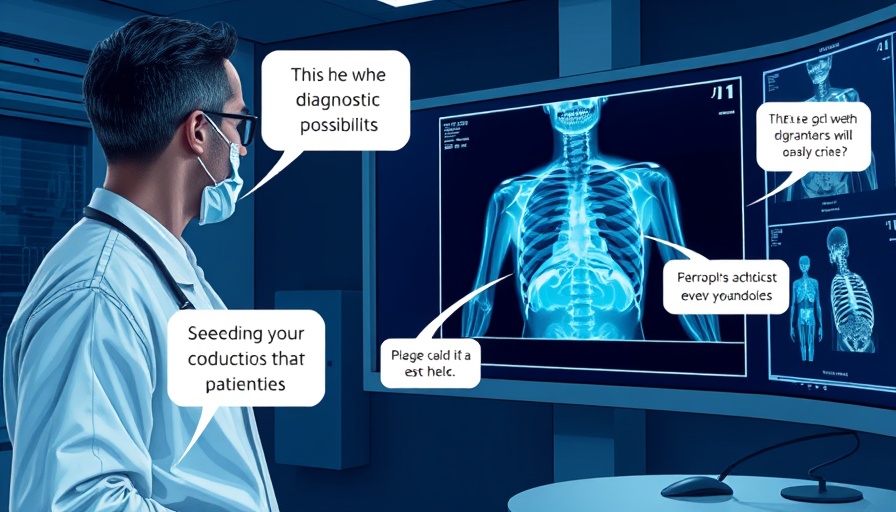
The Future of Radiology: Enhancing Diagnostic Reliability with New Technologies
In a significant advancement for the medical field, researchers at MIT have developed a new framework aimed at improving the reliability of radiologists' diagnostic reports. This innovative method facilitates the selection of phrases that accurately convey the probability of certain conditions evident in X-ray images, thereby enhancing the diagnostic accuracy of healthcare providers.
Why Accurate Diagnostics Matter
Incorrect diagnoses can lead to inappropriate treatments, causing unnecessary anxiety for patients and putting their health at risk. With medical errors being a well-documented concern, the introduction of reliable reporting methods is a welcomed development. A recent study highlighted that enhanced communication regarding diagnostic conditions can significantly lower error rates, improving patient outcomes.
Machine Learning Meets Radiology
The integration of machine learning into this framework not only streamlines the diagnostic process but also equips radiologists with tools to articulate their findings more effectively. By utilizing data-driven approaches, this method underscores the potential for AI in advancing medical practices, which aligns with ongoing trends in healthcare technology.
Potential for Broader Applications in Healthcare
This system holds promise beyond just radiology, offering a template for various specialties within medicine to enhance their diagnostic communication. As healthcare professionals continue to adopt AI and machine learning technologies, the potential for improving patient care is vast.
Taking Action Towards Better Health Outcomes
The advancements in diagnostic methods bring forth a new era in healthcare, prompting medical institutions to invest in training and resources that incorporate these technologies. By staying informed about such innovations, healthcare providers can ensure they are equipped with the best tools to serve their patients.
In conclusion, as we embrace new methodologies in radiology, the amalgamation of accurate communication and advanced technology reveals an optimistic future for effective patient care.
 Add Row
Add Row  Add Element
Add Element 



Write A Comment